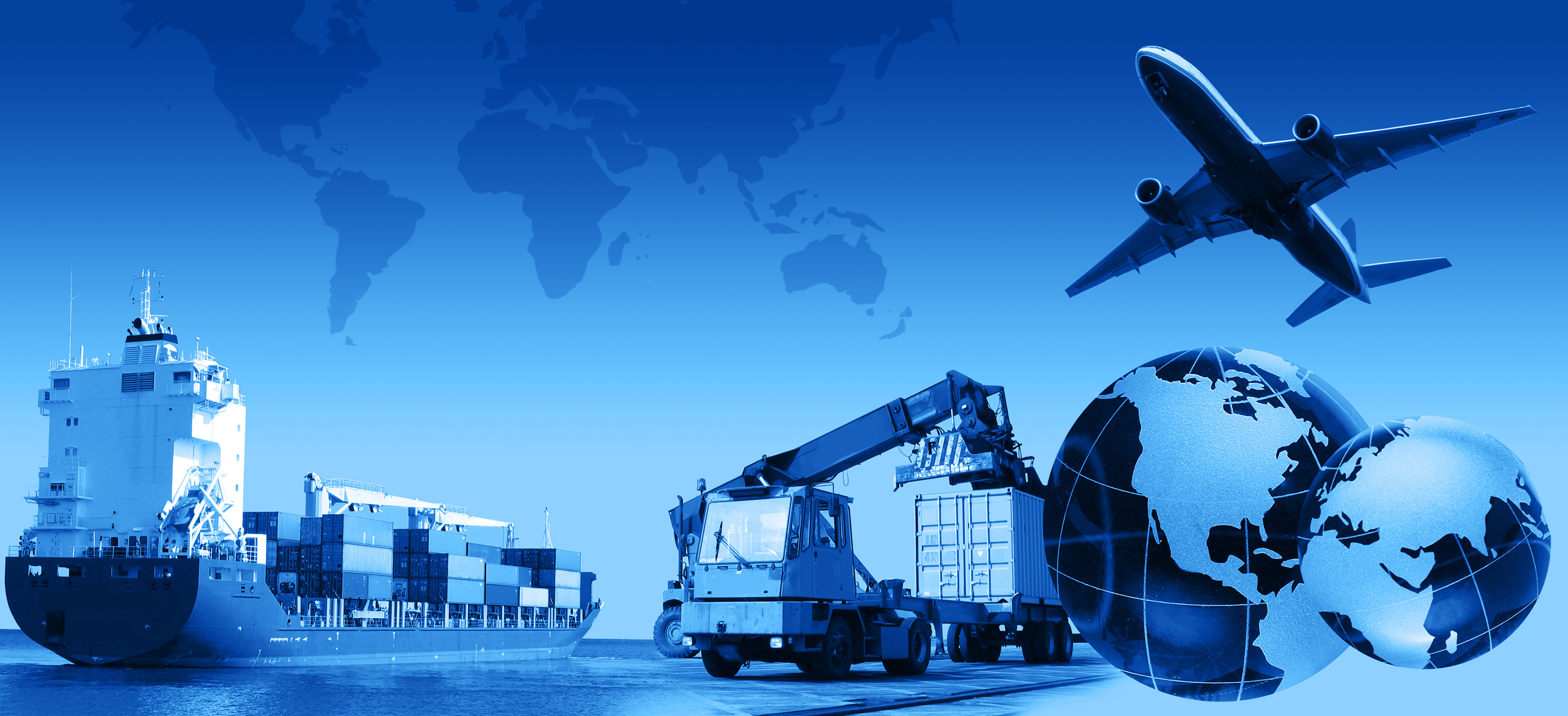The volume of global trade grew faster than the world economy in 2017 for the first time in six years, as rising demand for semiconductors added fuel to the industry’s far-reaching supply chains, thereby ending a period in which global trade lagged economic growth.
The CPB Netherlands Bureau for Economic Policy Analysis found that total trade volume climbed 4.5% last year, three percentage points higher than in 2016 for the largest increase since 2011. The bureau said 2017 “turned out to be a remarkably good year for world trade” when it announced the figures in late February, Nikkei reported.
The global economy, on the other hand, expanded by 3%. Trade volume in Asia jumped 8.6%, accounting for much of the global gains. Several developed economies also saw faster growth rates in 2017 than the year before, for example, Japan rebounded to 3.1% from negative territory.
Exports are rising thanks mostly to a global economic recovery, growth in China and higher demand for semiconductors, according to a report by Mitsubishi UFJ Morgan Stanley Securities.
“Trade in developed economies largely depends on economic conditions, but semiconductors bolstered trade volume in emerging economies in 2017,” said Hiroshi Miyazaki, a senior economist at the brokerage.
The semiconductor industry relies on a complex supply chain spanning the planet. Many “fabless” American chipmakers like Qualcomm and Apple design their products at home, then outsource production to China. Much of the chip making and testing equipment comes from Japan, while the finished products are placed into smartphones and other electronic devices in South Korea and Taiwan.
Japan’s exports to China as well as to Asia in general topped records in value terms during 2017. About 40% of the increases since the end of 2012 have come from the information technology sector, and over 80% of that from chip making equipment, Japan’s Cabinet Office says.
Trade continues to grow in 2018. The number of shipping containers processed monthly worldwide rose 1.9% on the month in January, the steepest increase in 14 months, according to data compiled by Germany’s DIW Berlin and other organizations. The figure often serves as an indicator for global trade trends.
The International Monetary Fund in January also reported greater economic growth and trade volume for 2017 than it projected previously. The IMF predicted that trade volume will grow faster than the global economy through 2019.
Rise of Smartphones
But the semiconductor industry faces greater uncertainties, with declining sales of Chinese smartphones and a cut in iPhone X production. The prices of NAND flash memory used in smartphones are falling as demand slows.” Chip sales began increasing around 2014 on demand tied to the ‘internet of things’ and in-car devices,” said Takayuki Miyajima, a senior economist at Mizuho Research Institute. “Demand grew even further as the economy strengthened starting in the latter half of 2016.”
Yet that economic growth could stop underpinning demand soon, Miyajima warned. “Smartphones have become widespread in cities in emerging economies,” he said.
Other analysts are more optimistic. “Even if smartphone-related demand peaks out, we can expect an explosive demand for data processing in areas like artificial intelligence, the internet of things and self-driving cars,” Sony Financial Holdings economist Hiroshi Watanabe said.
Global trade lagged the world economy following the 2008 financial crisis partly because China began to make more products at home and reduce imports, the Bank of Japan said. Beijing pays even more attention to its key industries now under the country’s “Made in China 2025” initiative, which could end up squeezing global trade.
“China considers its dependence on semiconductor imports in particular to be a national security issue, and the government is providing assistance to boost domestic production,” said an analyst at Meiji Yasuda Life Insurance.
Trade War
But protectionist policies by the US, like the steel (25%) and aluminum (10%) tariffs planned by President Donald Trump, cast a shadow on global trade as well.
Trump’s decision to impose tariffs on imported steel and aluminum has prompted a stampede by foreign countries and companies and their American partners pressing for exemptions and exclusions that could be worth billions of dollars in trade.
Yasutoshi Nagai, chief economist at Daiwa Securities, said: “Even though the US tariffs on their own may have a limited impact, global economic growth will slow should US trigger a trade war with China or the European Union.”


